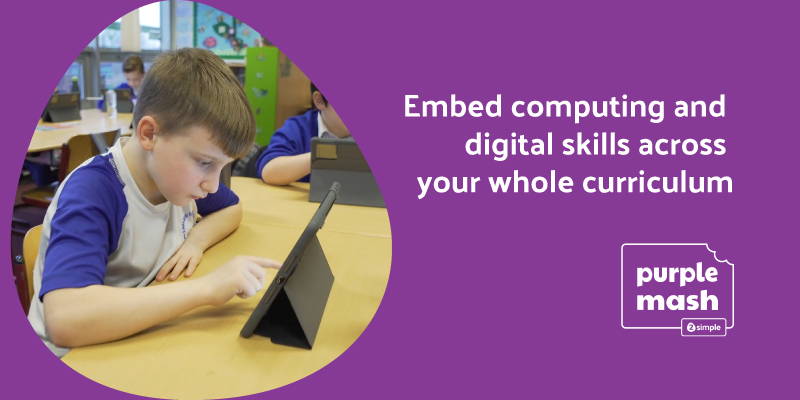
Exploring the Power of Creative Writing for Kids
Exploring the Power of Creative Writing for Kids
The early years of education lay the foundation for a child’s lifelong relationship with language. Writing, in particular, serves as a crucial tool for expressing thoughts, ideas, and emotions. Exposing children to various forms of writing expands their creative horizons and empowers them to communicate seamlessly as they embark on their writing journeys. This blog delves into the diverse writing landscape accessible to elementary-grade students, highlighting the significance of cultivating this skill in their young minds. Explore the world of creative writing for kids and unlock the potential of their imaginations.
Different Writing Styles:
- Narrative Writing: The cornerstone of storytelling, narrative writing allows children to craft captivating tales. They can weave imaginative worlds, develop engaging characters, and navigate thrilling plots through fictional stories or personal narratives.
- Expository Writing: Informing and explaining is at the heart of expository writing. Children can develop informative pieces like factual reports, biographies, or how-to guides, enriching their understanding of the world and honing their research and presentation skills.
- Descriptive Writing: Descriptive writing paints vivid pictures with words, encouraging children to use their senses to capture the essence of stories, people, places, or objects. Whether describing a breathtaking sunset or a bustling city street, they learn to employ evocative language and precise details.
- Persuasive Writing: Advocating for a cause or opinion forms the core of persuasive writing. Children can craft compelling arguments, present well-supported reasons, and capture their audience’s attention to adopt a specific viewpoint.
- Creative Writing for kids: Unbound by limitations, creative writing for kids allows children to explore their imaginations freely. From composing poems and scripts to crafting song lyrics and creating comics, they express their unique voices and artistic flair.
Beyond the Pen and Paper:
The world of writing extends beyond traditional essays and stories. Elementary students can dabble in:
- Letter Writing: Communicating with loved ones through heartfelt letters fosters emotional connection and strengthens social bonds.
- Presentations: Sharing knowledge and captivating an audience becomes an enriching experience as children craft compelling presentations, incorporating visuals and effective delivery techniques.
- Social Media Content (Age-appropriate): In today’s digital age, crafting responsible and engaging social media content allows children to navigate the online world while expressing themselves responsibly. Explore the importance of creative writing for kids in fostering responsible digital expression.
Why Writing Matters:
As children embark on their writing journeys, they reap numerous benefits:
- Enhanced communication: Writing allows children to articulate their thoughts and ideas clearly, nurturing practical communication skills that extend beyond the classroom and into their lives.
- Critical thinking: Crafting effective writing requires careful planning, organization, and analysis, all of which nurture critical thinking skills crucial for problem-solving and decision-making.
- Vocabulary development: As children delve into different writing styles, their exposure to new vocabulary expands. They learn to use words precisely and effectively, enriching their language understanding. Explore the benefits of creative writing for kids in enhancing vocabulary and language skills.
- Creativity and self-expression: Writing is a platform for children to unleash their creative potential and express themselves authentically. They can explore different voices, perspectives, and emotions, fostering personal growth and self-discovery.
- Confidence building: Seeing their written thoughts become tangible creations fosters a sense of accomplishment and boosts confidence in children’s abilities.
A Journey into Literary Excellence with 2Simple Home and Purple Mash
Explore your creative side with 2Simple Home and Purple Mash’s Publishing Projects! Craft captivating stories, poems, and ideas using their themed templates, engaging prompts, and convenient word banks. Clear success criteria will guide you, ensuring your writing is impactful and organized. Elevate your projects with themed images for added visual depth, making your creations unique. Whether it’s travel brochures or persuasive leaflets, this dynamic duo offers something for everyone. Witness your words come alive in print with this winning recipe for literary success. Purple Mash is available in Dubai and other schools across the Middle East.
In conclusion, writing is not simply a skill for elementary students; it’s a gateway to a universe of possibilities. By exploring diverse writing styles and embracing the power of their words, children embark on a journey of self-discovery, communication, and lifelong learning. Explore the transformative impact of creative writing for kids in this journey of growth and expression.


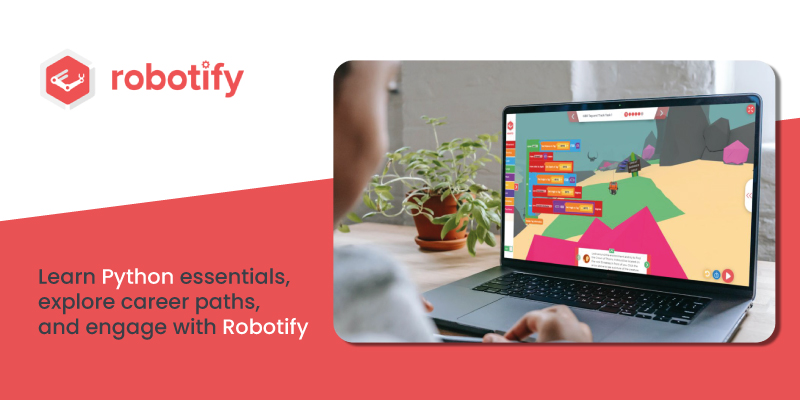
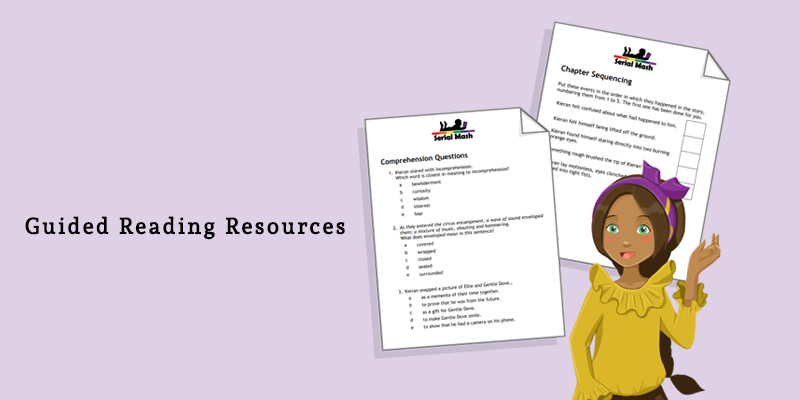
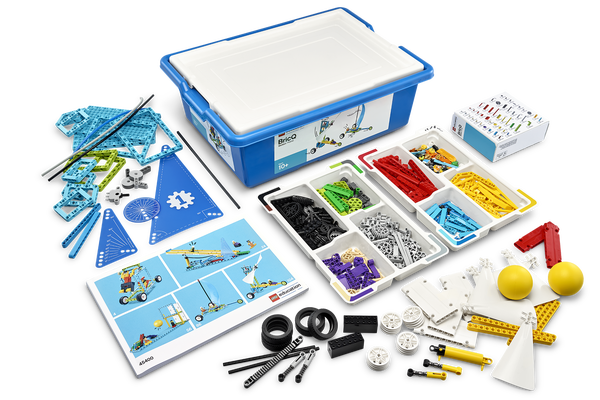
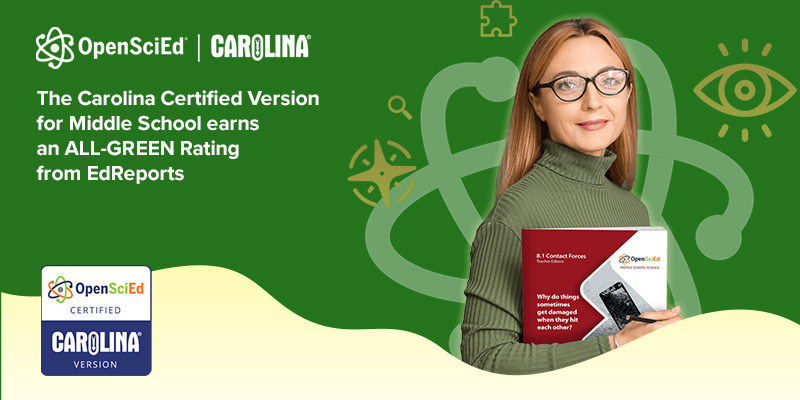




Recent Comments